Affiliate links on Android Authority may earn us a commission. Learn more.
Right to repair: Should we tolerate hard-to-fix devices for better phones?
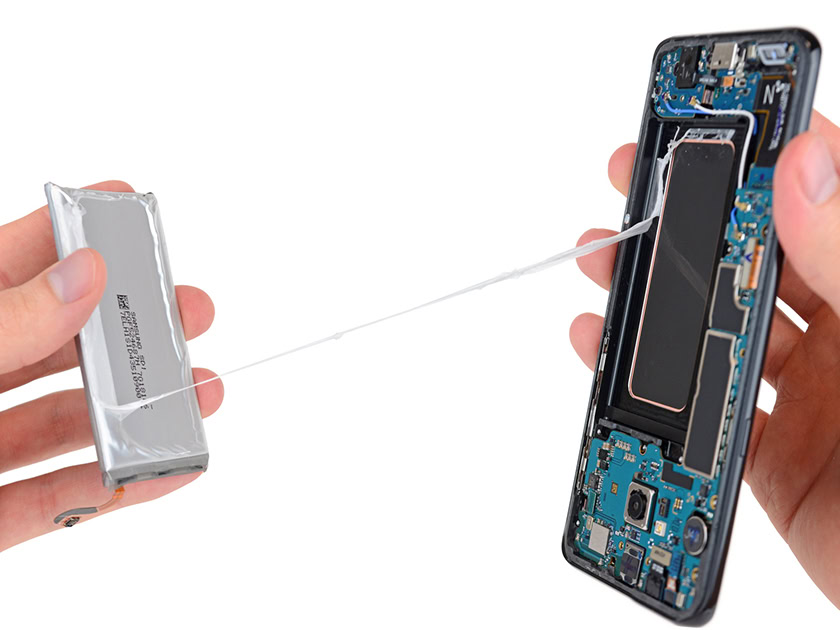
What do you do when your phone breaks?
If it’s an iPhone, there’s a pretty good chance you’ll go to an Apple store, where a blue-shirted person will offer either a repair under warranty, or at a cost.
That’s what Apple wants you to do. They want to be the only option — official, premium, and licensed.
Meanwhile, smartphones are harder to fix than ever.
“I’m surprised by how often customers bring me a device and ask, ‘is it even possible to fix this?’,” said Paul Ylias, who runs Hunter Phone and Computer Doctors, a boutique chain of mobile and laptop repair shops in Australia, via email.
“’Of course it is,’ is always my reply.”
But that has become more of a question every year, as phones are increasingly becoming seamless mergers of screen and glass and metal, without obvious access points. Even the number of modern smartphones allowing you to simply swap out a battery are dwindling. LG held out for a long time, with phones as recent as the V20 and G5 allowing for a replacement battery.
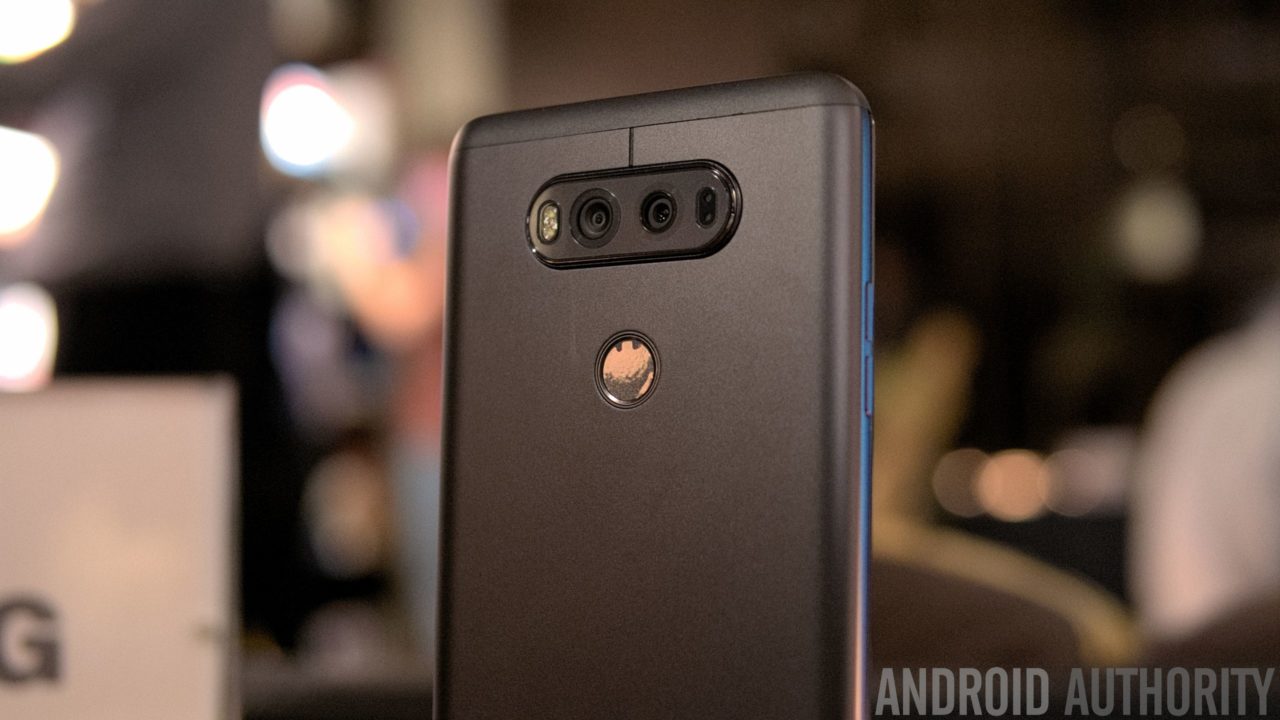
Yet the next generations, the V30 and G6, abandoned that approach. Despite protests from enthusiasts insisting they’d never buy LG again, the South Korean OEM would only make that change in the pursuit of selling more smartphones. Battery tech hasn’t improved, and making it permanent doesn’t benefit battery life, so why make the change?
Most OEMs claim that it’s all done in an attempt to create sleeker, thinner, waterproof products. Sony and Samsung have been waterproofing their devices for years, and many OEMs have joined them with high IP-rated hardware. Water resistance always receives positive reviews, as do sleek form factors, which pushes makers to play copycat.
How is waterproofing done now? Compartmentalizing, and glue do most of the work.
Waterproofing isn’t done via gaskets and seals around ports anymore, either. Compartmentalizing and good old glue do most of the work. Super-adhesives are used around the majority of the front and back panels to keep water out.
The problem with glue, as tinkerers have been finding, is that it’s not easy to unstick, let alone stick again. To pry open a new device, you need something hot enough to soften the glue — hot air from a hair dryer is one DIY method. Once you’ve done that and managed to get the device open, the glue doesn’t just set again.
Your device may then be compromised. You can fix or replace something inside, but even carefully resticking it is unlikely to seal it properly for water resistance. At least, it’s something you won’t want to test.
“It’s been driven by the race to make things thinner at all costs, and a lack of prioritization of the environment and product longevity by managers,” says iFixit CEO Kyle Wiens via email.
“I call it design anorexia — making products thinner at all costs. It’s very possible to design a waterproof, compact, modern phone that is repairable. But it takes design intent. We’re not seeing the effort put in by manufacturers.”
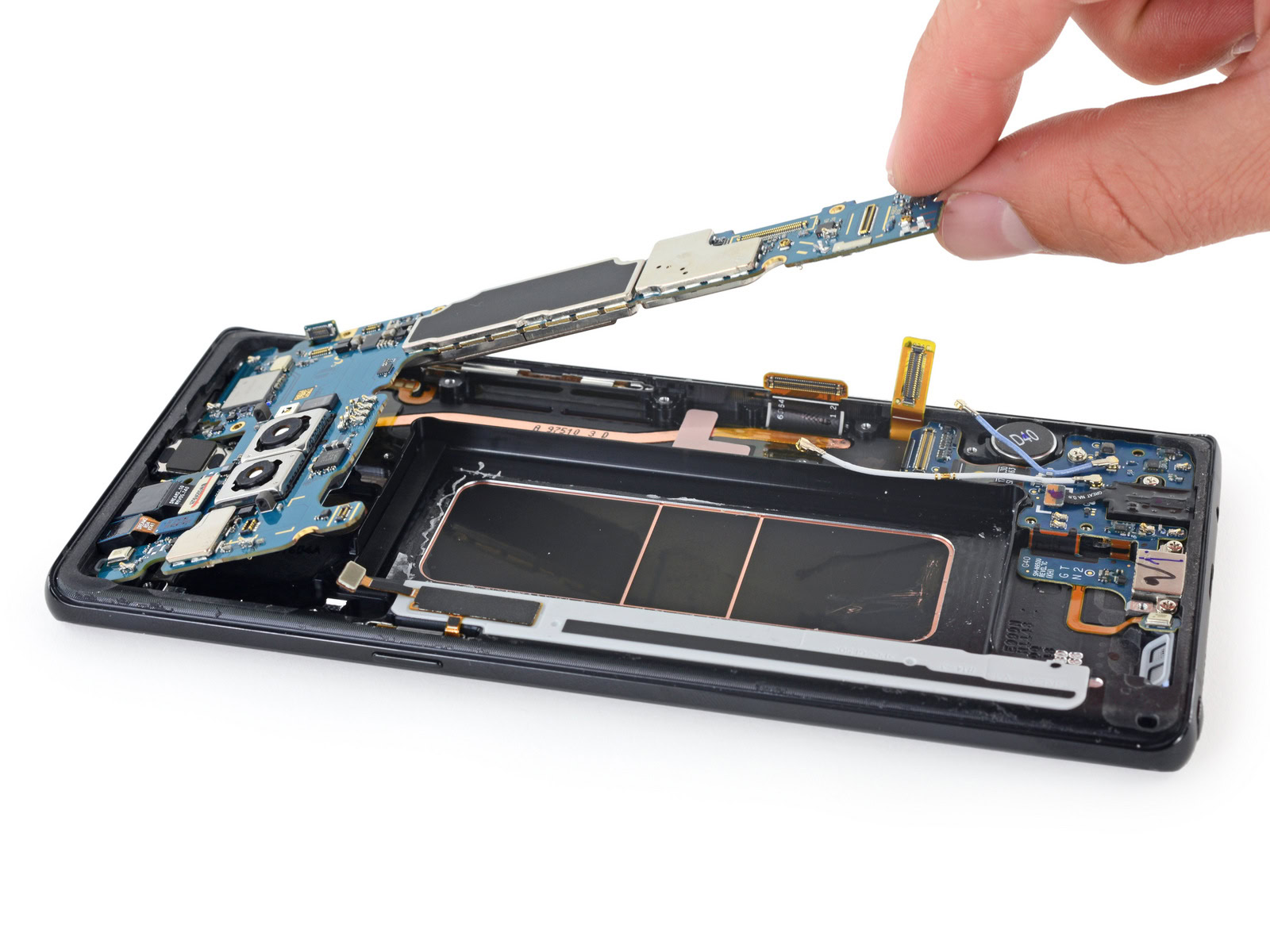
Why doesn’t anything last?
The issue DIY fixers and repairers are fighting is obsolescence. Take that battery pack, for example. Modern lithium-ion batteries aren’t made to last; just to pack in as much juice as they can.
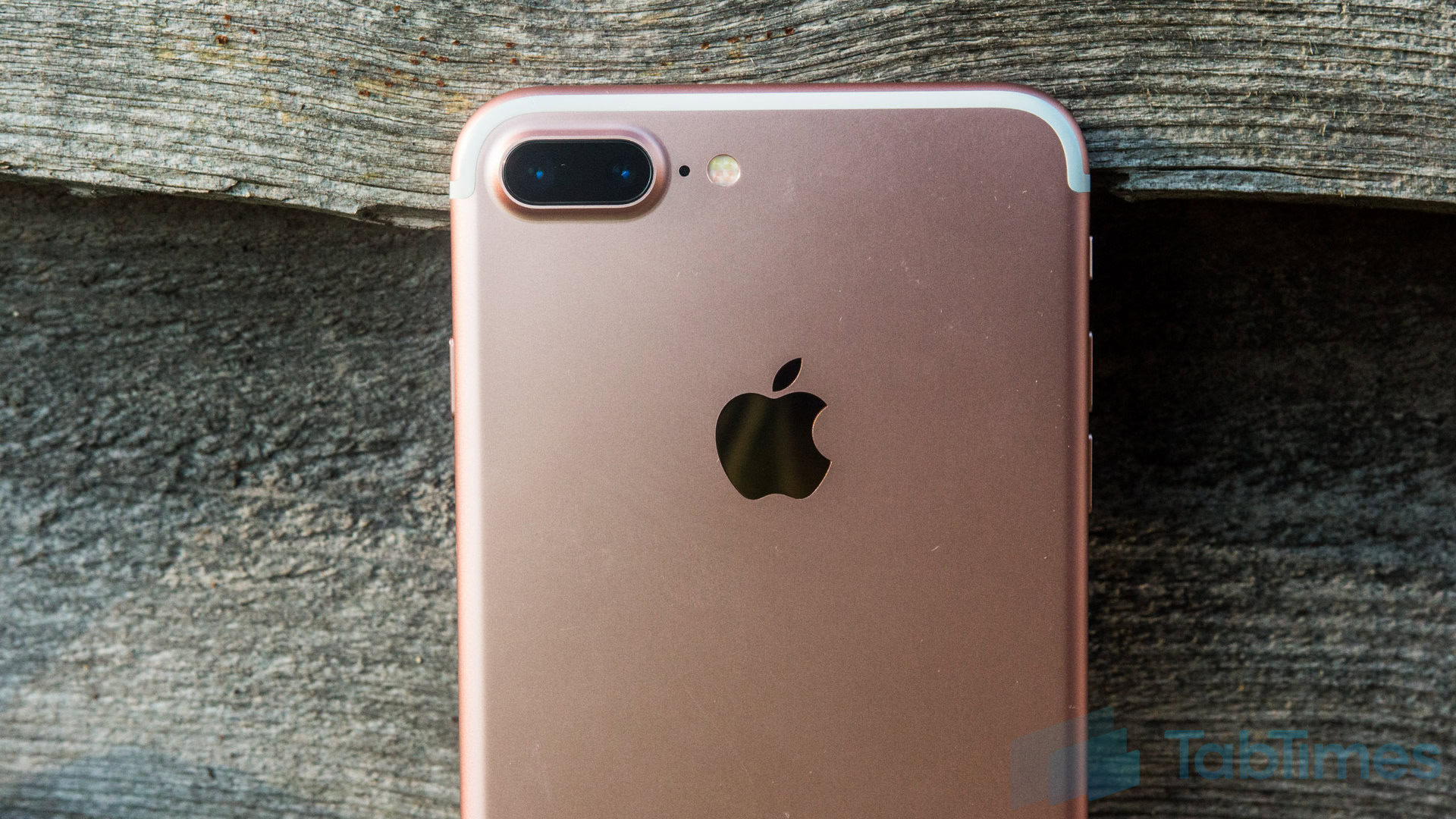
One iPhone owner is taking Apple to the Consumer Code Committee in Norway after Apple refused to freely replace his failing battery under warranty, as it had passed 500 charge cycles.
If you charge your phone daily, 500 cycles is just over 16 months of life from your battery— and that’s from a premium manufacturer. Replacement batteries from third parties aren’t guaranteed to provide that level of quality, and may even be a safety issue where fast-charging is concerned.
They don't make 'em like they used to - and here's why
The idiom “They don’t make ‘em like they used to” comes to mind, and it’s not hard to believe.
Consider the household fridge. It isn’t uncommon to find a family running a spare old-timey refrigerator keeping drinks cool. That family might say it has been going strong for 30 years, maybe more.
Since just the 1970s, new fridges have decreased their energy use by more than 75 percent, and cost just 33 percent as much on a dollar-for-dollar basis.

In 2007, the National Association of Home Builders and Bank of America Home Equity released data on life expectancy of various appliances. According to the study, a normal refrigerator should last 13 years. In 1993, the same study pegged the lifespan at 17 years. Is the decreasing lifespan a natural function of these dramatic cost savings and efficiencies?
Or, is planned obsolescence coming into play?
Planned obsolescence
Planned obsolescence was originally conceptualized in the automobile industry. In the 1920s, General Motors realized that annual model-year design changes could convince some car owners they needed to keep up with the latest and greatest, encouraging sales.
This scheme was more about perceived obsolescence, where car styles changed rapidly year-over-year. These changes made buyers want to own more modern looks well before their cars broke down.
A darker shade of planned obsolescence was uncovered by the investigative journalists who unravelled the infamous Phoebus Cartel. The cartel was a global racket of lightbulb manufacturers (I kid you not) who intentionally reduced the lifespan of lightbulbs from the 2,500 hours that was being achieved in the mid 1920s down to 1,000 hours. This forced people to buy light bulbs more often. This exercise in contrived durability forced consumers to buy lightbulbs far more frequently than the technology really dictated.
General Motors and the infamous Phoebus Cartel, started the concept of planned obsolescence
Where planned obsolescence and smartphones meet is in prevention of repairs. Repairing cheap electronics isn’t worth the trouble. Low-cost toys or budget digital watches don’t make economic sense to repair. These add to landfills, use up natural resources, and generally hurt the environment.
Our smartphones, which now run beyond $1,000 and are full of rare metals, are worth repairing. Yet they’re increasingly designed to keep you out.
Apple, in 2011, made it harder for owners and repair shops to do simpler DIY repairs in the iPhone 4 by replacing typical Phillips head screws with a pentalobe screw. This type of screw had never been seen outside the Apple ecosystem, and was virtually unopenable without a new type of screwdriver.
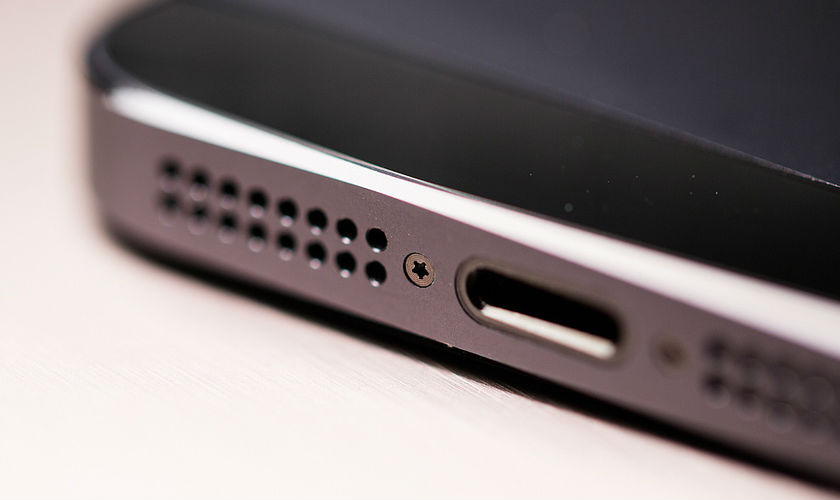
They weren’t even better screws. The pentalobe is mechanically shallow, with rounded edges that don’t allow for a strong bite.
The screws only showed up on the outside of Apple’s devices, too. If they were somehow better or cheaper to produce, Apple would use them everywhere. It stands to reason that they were only designed to keep you out.
This change made consumers more reliant on Apple for expensive repairs. It also increased the price of fixes from third-parties, as tooling up required more money and made phone repairs slower.
Apple has never authorized an independent company to repair iPhones, even if that business is an authorized reseller. There are also no published fix-it guides for repairing them.
If your screen shatters, do you repair a phone you’ve had for a year, or just put that money towards a new phone?
According to Ylias, 80 percent of repairs are for broken screens, or include broken screens.
“People might live with a damaged home button or headphone socket, but when the screen breaks, it serves as a trigger to carry out the repair,” he said. “When the cost for repairs or replacements get close to the cost of a new device, we only proceed when they insist. Those who do insist usually cite the need to retrieve their data or an affection that they have for the device.”
Apple wants to make that calculation lean towards buying new by tweaking every stage of the process towards their advantage.
It’s not just Apple that does this, though. HUAWEI amazingly copied Apple so much that they introduced pentalobe screws to their P9 and P10 range.
Nintendo did it for years with their Gameboys and consoles, utilising proprietary tri-point screws to hinder simple repairs. Sony used ‘security’ Torx screws on the slim PlayStation 3.
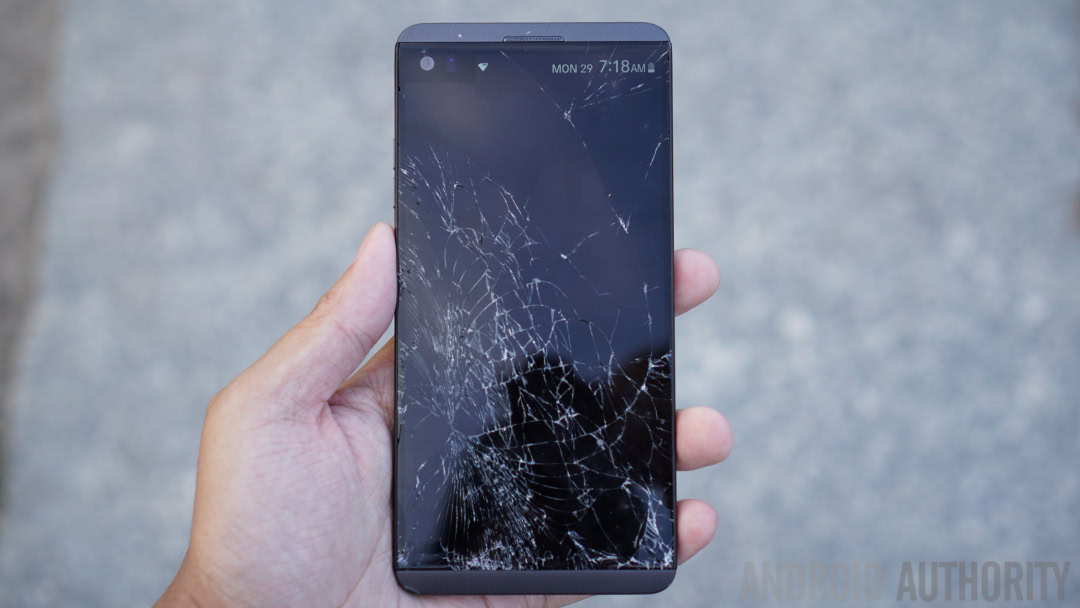
Tool time: The ‘right to repair’ movement
The right to repair movement is gaining the strength to push back against manufacturers who increasingly lock down their goods. The focus isn’t just on phones, either. In many cases electronics have taken a backseat to concerns over agricultural and industrial technology.
'The 'right to repair' movement is gaining strength, with legislation entering a dozen states for consideration
In the US, the movement has gained enough strength to place relevant bills into the agendas of lawmakers in a dozen states, including Nebraska, Massachusetts, Minnesota, and New York.
In many of these states, there’s a particular focus on farmers, who are increasingly limited in their ability to repair essential equipment, including tractors, which are now heavily software-based. If they can’t fix it themselves, farmers don’t want to be limited to only call the expensive local John Deere rep, when many have relied on valued mechanics for years.
The European Parliament recently passed a wide-ranging motion calling for regulations which would force manufacturers to make their products more easily repairable and eco-friendly. The motion specifically mentioned batteries.
“In the US, legislation is aimed at making information, parts, and diagnostics available. It won’t dictate design, but it will go a long way to making sure that you can get the resources you need to repair a product,” says Wiens.
“In Europe, they’re considering ecodesign language that would ban glued in batteries. Something like that would be a great start.”

What do people really want?
According to a 2014 Eurobarometer survey, 77 percent of EU consumers would rather repair their goods than buy new ones. That same group has had to replace or discard their devices because of the cost of repairs and the level of service provided.
Flying in the face of this is the continuing success of non-removable battery phones from the biggest three makers in Apple, Samsung and HUAWEI – and where LG felt it had to join them to beat them with the V30 and G6.
Having the latest phone from your favorite company, and wanting to being able to repair it to some degree shouldn’t be mutually exclusive, yet with every generation phones are getting harder to repair.
Apple built a 29-arm robot to tear down the iPhone 6 and 6s, designed to recycle as many materials as possible. It’s possible that only robots will be able to open up the phones we get just a few generations down the line, unless something changes.
Public service manuals. Standardized screws. Minimal glues. Modular components. Replaceable batteries. These are common-sense, easy things to ask manufacturers for.
The just-released Google Pixel 2 XL, manufactured by LG, has actually taken a few steps in the right direction with heightened internal modularity, but it still received a lower score of 6/10 for repairability, behind the original Pixel which received 7/10 (higher is better).
“We like the approach in the Pixel 2 XL to using foam to put the phone together. It’s one of the only Android devices that you can open without heat — fantastic,” says Wiens.
“We also like the battery pull tabs that Apple uses on the iPhones to make it straightforward to remove the battery. They aren’t ideal, but they’re better than nothing.”
When asked about what would be iFixit’s ideal changes to make to current phone designs to improve repairability, Wiens offered:
“Public service manuals. Standardized screws. Minimal glues. Modular components. Replaceable batteries. These are common-sense, easy things to ask manufacturers for.”
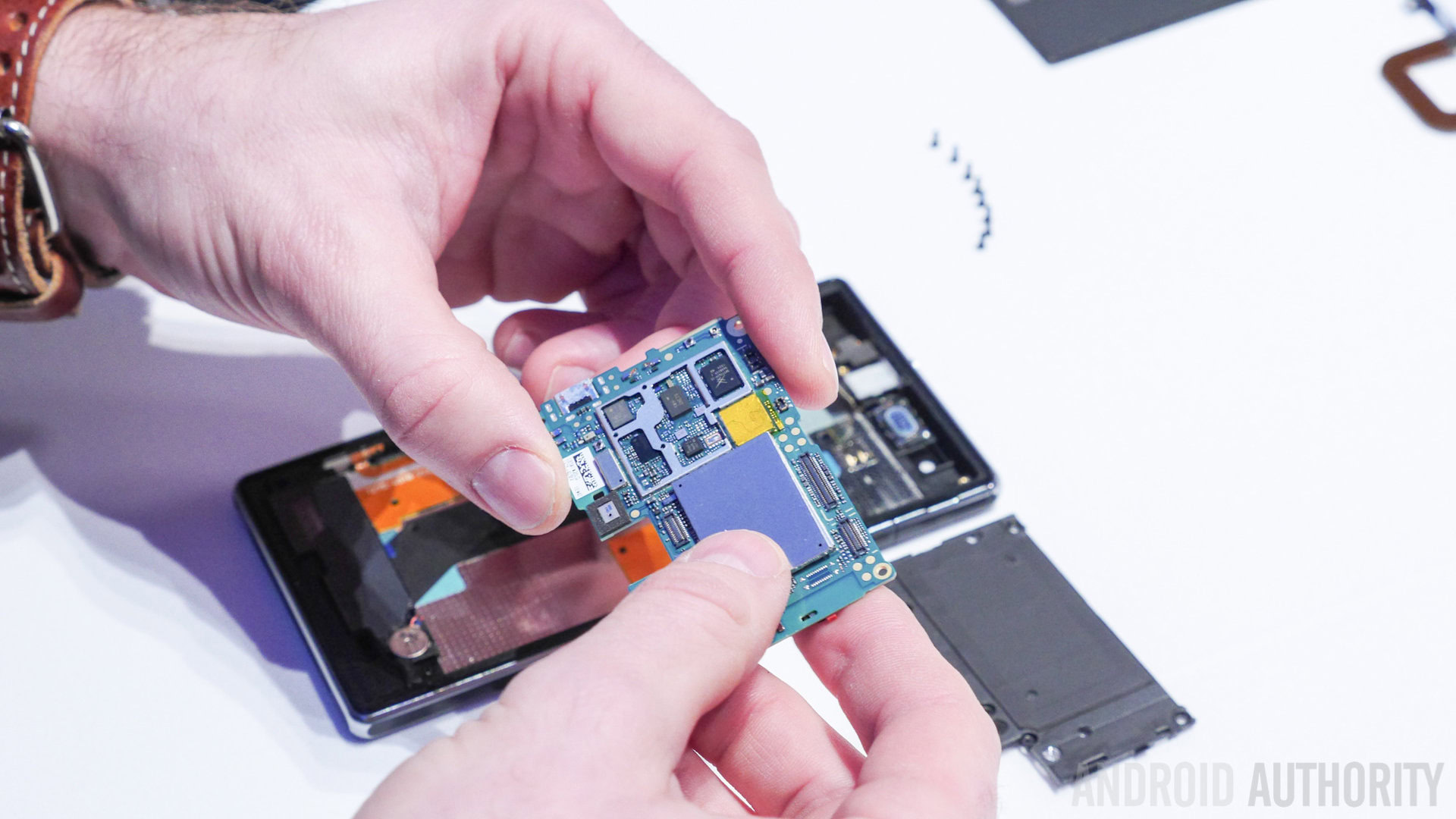
Where to from here?
Manufacturers should be held accountable for planned obsolescence, but, understandably, they really don’t want to be.
The movement for legislation to enable right of repair – like the 2017 Fair Repair Act in New York State – has been previously defeated in both 2015 and 2016. According to New York State’s Joint Commission on Public Ethics, companies such as Apple, Verizon, Toyota, Lexmark, Caterpillar, and more, spent over $366,000 on lobbyists in the state between January and April of 2017 to fight the current incarnation of the bill.
Consumers, on the other hand, aren’t represented at the same scale. According to those same records in New York State, the Digital Right to Repair Coalition, is the only organization publicly lobbying for the legislation. It had spent just over $5,000 over that same time period on the effort, with the group generally representing small independent repair shops.
Consumers want the basic right to repair their own devices, as heavyweight companies fight against this, without revealing publicly as to why. This leaves us to make our best guess as to why: companies want to continue to design devices that don’t last and that are aggressively locked-down to prevent repair so they can sell us more.